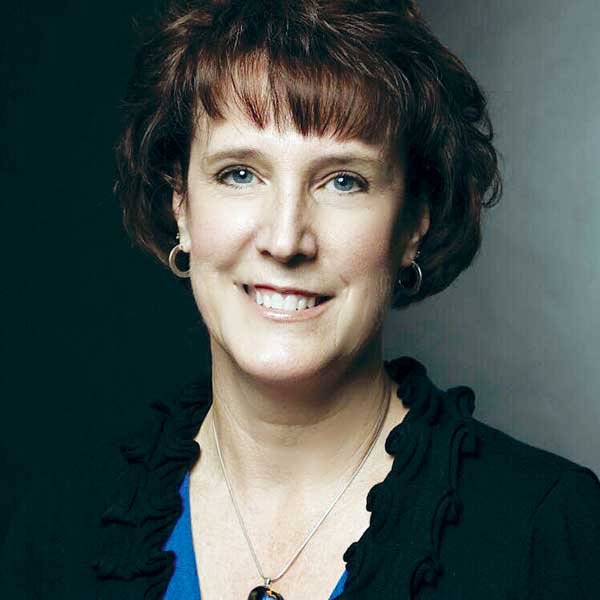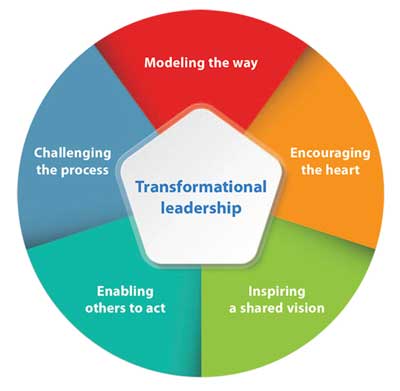
Shared governance is a dynamic employee-leader partnership that promotes collaboration, shared decision making and accountability for improving quality of care, safety, and enhancing work life. Through consulting with long-term care administrators and nursing directors, I have found there is little utilization of shared governance.
Yet there is a deep desire to elevate employee engagement and to create healthy workplaces that attract and maintain their workforces. Shared governance is a strategic action that will meet leaders’ needs to transform their work environments.
There is definitely movement needed to get where we want and need to be in long-term care.
Shared governance requires different actions and thinking of leaders. It incorporates commitment to the value of facilitative leadership and shared decision-making among key stakeholders about issues that affect one’s work. Decentralized decision-making and everyone having a “voice” can be practiced in almost any setting, even those outside of healthcare.
There are many ways to implement shared governance. Salient features of a shared governance model include: partnership between employees and leadership; inclusion of input from all impacted stakeholders; aiming for consensus decisions but having a back-up plan if you cannot reach consensus; being facilitative rather than directive; listening to all perspectives as much as possible; shared accountability; team ownership; and flexibility within boundaries. Examples of shared governance “vehicles” are: unit and clinic councils and task forces. Even surveys seeking input are part of the aspects of a shared governance model.
Evidence tells us that the most successful shared governance bodies are those that have at least 6 structural elements:
- a charter, including outlining the boundaries of decision-making;
- collaboration between staff co-chairs and leaders;
- regular meetings with a formal means of communication to all staff;
- mutually planned agendas (co-chairs and manager) distributed before the meetings;
- ground rules of how to work together, be it in-person meetings or online meetings;
- striving for consensus decisions, meaning that everyone agrees to support them after having discussed the options.

Shared governance may look different in different settings but the outcomes are the same: a feeling of having been heard and included in decisions that directly impact individuals whenever possible.
Last month I wrote about transformational leadership. Utilizing the components of transformational leadership outlined in that article, along with the elements of shared decision-making among employees, leaders can help promote a work environment that creates engagement, retention and sustained performance.
I have included additional resources to aid in creating the work environment that we all want to be a part of and make a difference to those we serve:
An oldie but a goodie — great framework and tools to get you started: “Partnership Council Field Book,” Bonnie Wesorick, Laurie Shiparski, Michelle Troseth, and Kathy Wyngarden, 1997
To redesign tired and struggling models: “Rethinking Your Unit Council Structure: an innovative approach to professional governance in healthcare,” Beth Browder, Gilbert Fuentes, Roxanne Holm, Deborah Macy, Jacqui Middlemiss, 2019
Another source to assist: “Shared Governance That Works,” Gen Guanci, Marky Medeiros., 2018.
Martie L. Moore, MAOM, RN, CPHQ, has been an executive healthcare leader for more than 20 years. She has served on advisory boards for the National Pressure Ulcer Advisory Panel and the American Nurses Association, and she currently serves on the Dean’s Advisory Board at the University of Central Florida College of Nursing. She recently was honored by Saint’s Martin’s University with an honorary doctorate degree for her service and accomplishments in advancing healthcare.





